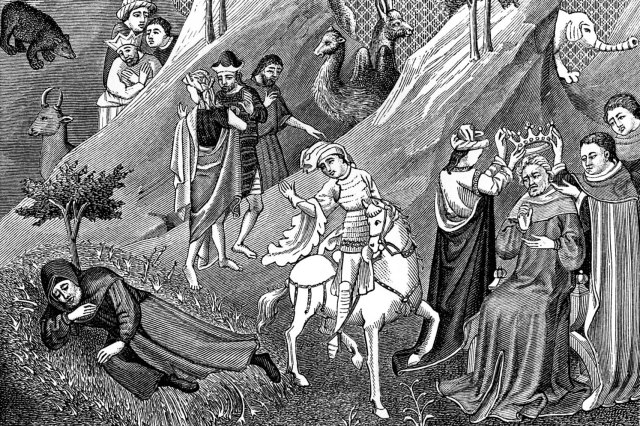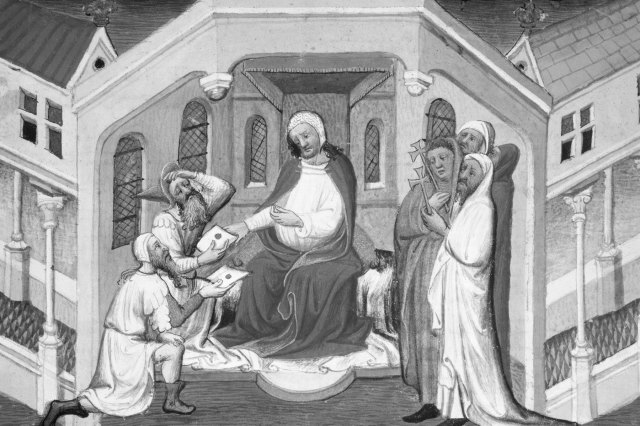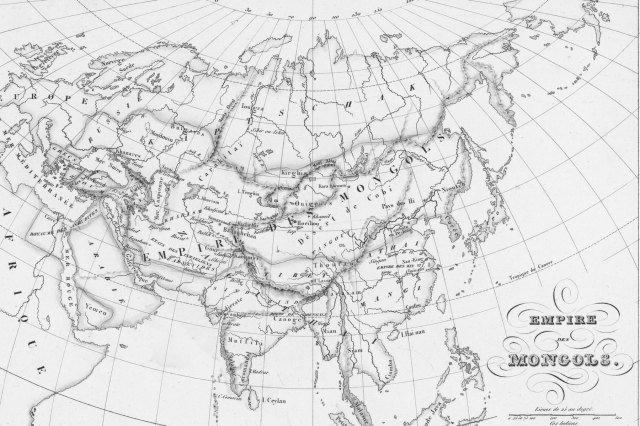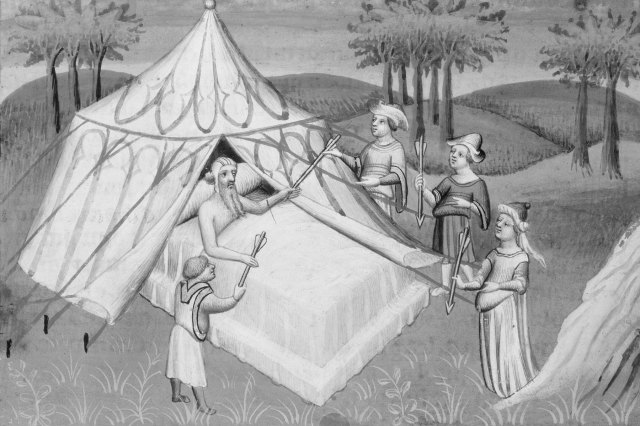5 Things You May Not Know About Genghis Khan
Of all of history’s greatest leaders, few if any have held as much power and influence as the mighty Mongol ruler Genghis Khan. As founder of the Mongol Empire, Genghis laid waste to all who stood in his way en route to controlling a large swath of Asia during the early 13th century. Though Genghis was undeniably ruthless in his conquests, he was also a cunning tactician whose skills made him wildly effective in his imperialist efforts.
Genghis Khan lived from 1162 until 1227, rising from the ranks of relative obscurity to unify a once-scattered Steppe region in modern Mongolia and other parts of Central Asia. At the height of his power, no man was more feared or revered than Genghis, whose success as a conqueror led to one of the largest empires in history. Genghis Khan’s impact on global history is undeniable, and there’s much to be discussed about his life. Here are five facts about the infamous leader of the Mongols.

Genghis Khan’s Birth Name Was Temüjin
Though he’s best known as Genghis Khan, that name was actually bestowed on the Mongol leader later in life. At birth, he was known as Temüjin, derived from the Turkic word temür, meaning “iron.” The name was an apt descriptor of the boy who would grow up to become a brutal warrior after being forced into a leadership role at a young age. After Temüjin’s father was poisoned when Temüjin was around 10 years old, the family was abandoned by their clan, forcing the boy to look after his mother and siblings. He showcased leadership skills from an early age, and spent the ensuing years conquering countless nomadic Steppe tribes. As recognition for his efforts, Mongol nobles gave him the name Chinggis Khan — Genghis Khan in the Western spelling — a title that roughly translates to “Universal Ruler.”

















